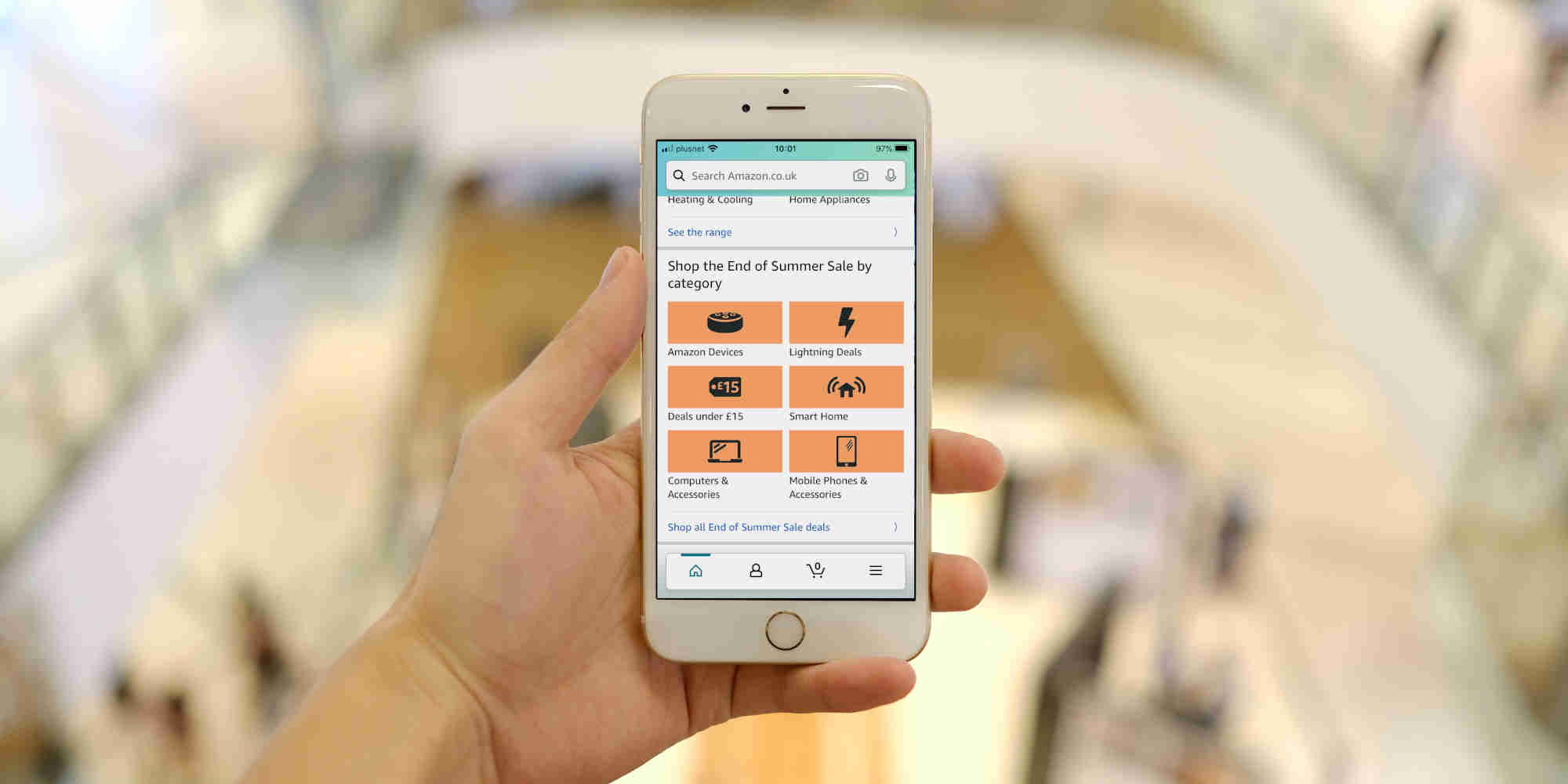Are you an e-Commerce manager tasked with managing a new web build? Are you struggling to sort the wheat from the chaff and choose an e-Commerce platform that suits your business? Here are 14 tips from our web development experts to help you make the decision that could make or break your business.
This post is adapted from our free eBook – Independent Guide to Selecting the Right e-Commerce Platform. Download your copy now.
1. Consider the Cost
An e-Commerce store needs to pay for itself and not become a financial burden simply because poor decisions were made when building it. Make your budget go much further simply by choosing the right platform and anticipating what you will require in the future.
2. Size Matters
If your business is quite small, with hundreds rather than thousands of products and SKUs, and you don’t require integration with third party systems (such as accounting, stock control, and distributors), then an ‘out-of-the-box’ solution like Shopify might be more appropriate than a full-featured platform like Magento.
3. Look Into the Future
It’s important to think clearly about your plans for future growth and avoid needing to rebuild your store 18 or 24 months down the line. The availability of e-Commerce SaaS (Software as a Service) and plug-and-play solutions have made entry level e-Commerce extremely affordable for SMEs.
4. Stand Out From the Crowd
Don’t get carried away and just use what everyone else is using. Few companies require the complexity – or license and support costs – of platforms such as IBM WebSphere, which has often been used because of the bandwagon effect.
Although it can also go beyond the requirements of many, Magento is often a more suitable solution – and is our preferred platform for many of the e-Commerce projects we work on. What is important to keep in mind is that your store needs to stand out – not simply be a clone of another company’s store!
5. Think Clearly
Many large corporations are under the misapprehension that they require a Microsoft or other giant company’s solution (like IBM WebSphere). This is legacy thinking.
“No-one ever got fired for buying IBM” is from the days when there was limited competition and options such as open source simply did not exist.
6. Don’t Over-Estimate
Smaller companies tend to over- estimate their size and requirements. Do not buy an Enterprise solution if you are an SME!
7. Be Brave
Your requirements may be met by a smaller scale or open source solution. There are plenty of well-known brands using open source, so you will not be alone... just in case you need comfort in numbers!
8. Don’t Follow the Flock
There can be a degree of herd mentality, but do not choose a package just because a large brand name is using it. Look closely at how well these stores work before deciding to emulate them.
9. Make it Usable
User experience (UX) is a vital component of your e-Commerce design. A quick look at customer review sites will allow you to discover whether customers think a certain brand’s e-Commerce set-up is difficult to navigate or complicated to use.
10. How Complicated is it? Simplify!
The architecture and infrastructure needed to run some systems mean that it is really expensive and difficult to make changes. This can further mean that SEO issues are very hard to resolve.
11. Consider Omnichannelling
Consider all the different channels that will be required to reach your customer: mobile, bricks and mortar stores, website, social media profiles, and offline advertising all need to be considered to make your store accessible to every potential customer.
The platform you choose should integrate all channels so that access to your store is a simple matter, whatever the device or the initial touchpoint for a consumer.
12. Do You Have the Expertise and Resources?
Open-source platforms like Magento can be quite a challenge. Magento is considered an advanced system that requires advanced PHP developers and front end designers. It can be more expensive to support than an out-of-the-box solution. It is infinitely flexible but it does require a level of expertise for developers.
Nevertheless, Magento costs are likely to be significantly lower than the equivalent .NET or WebSphere costs.
13. How Large Will You Grow?
Magento is built with multiple stores and global e-commerce in mind; all built from the same database. This is particularly true of the Enterprise version, so scalability will not be an issue – from 100 SKUs to millions.
14. Make ‘Em Pay
eBay’s ownership of both Magento and PayPal mean that PayPal is more tightly integrated with Magento than with many other packages. You will also have many other payment gateways available as extensions to cater for multiple payment options.
More e-Commerce Web Development Advice
Enjoyed this? You may also find these posts useful:
QUIZ: Which of the Top e-Commerce Platforms is Right for You?
Big e-Commerce Questions: Hosted or Self-Hosted Solutions? Open Source or Closed?
e-Commerce Tips: Top 10 Checklist for Choosing an e-Commerce Platform
4 Things That Can Go Horribly Wrong When Choosing an e-Commerce Platform
















